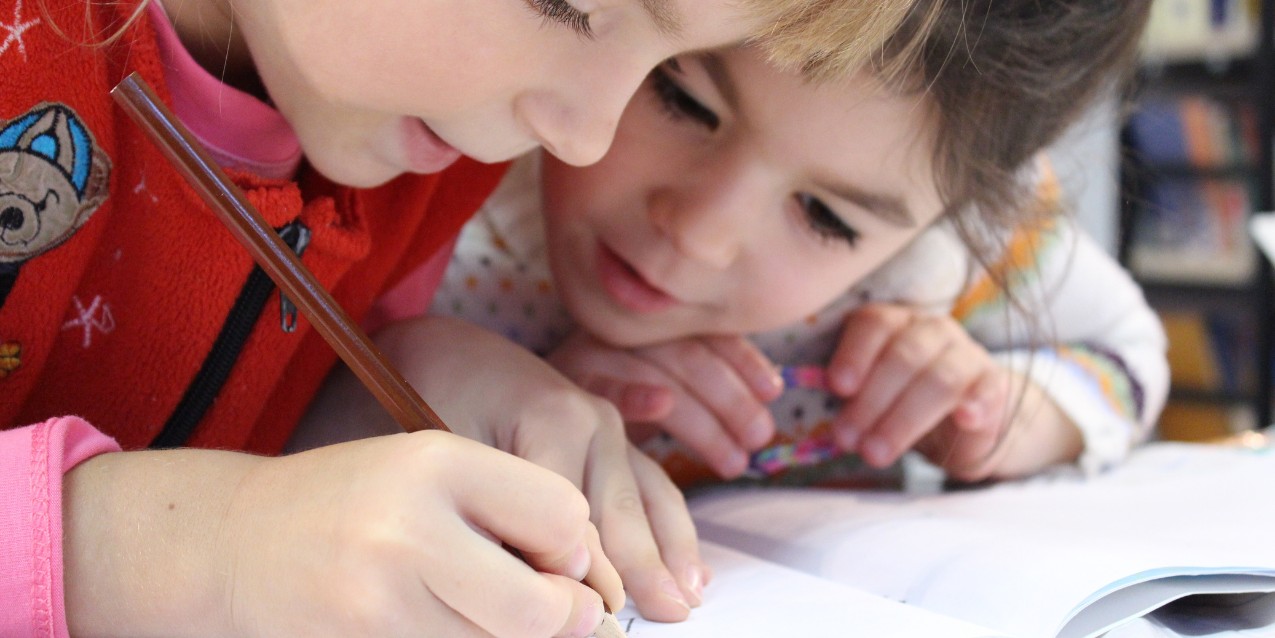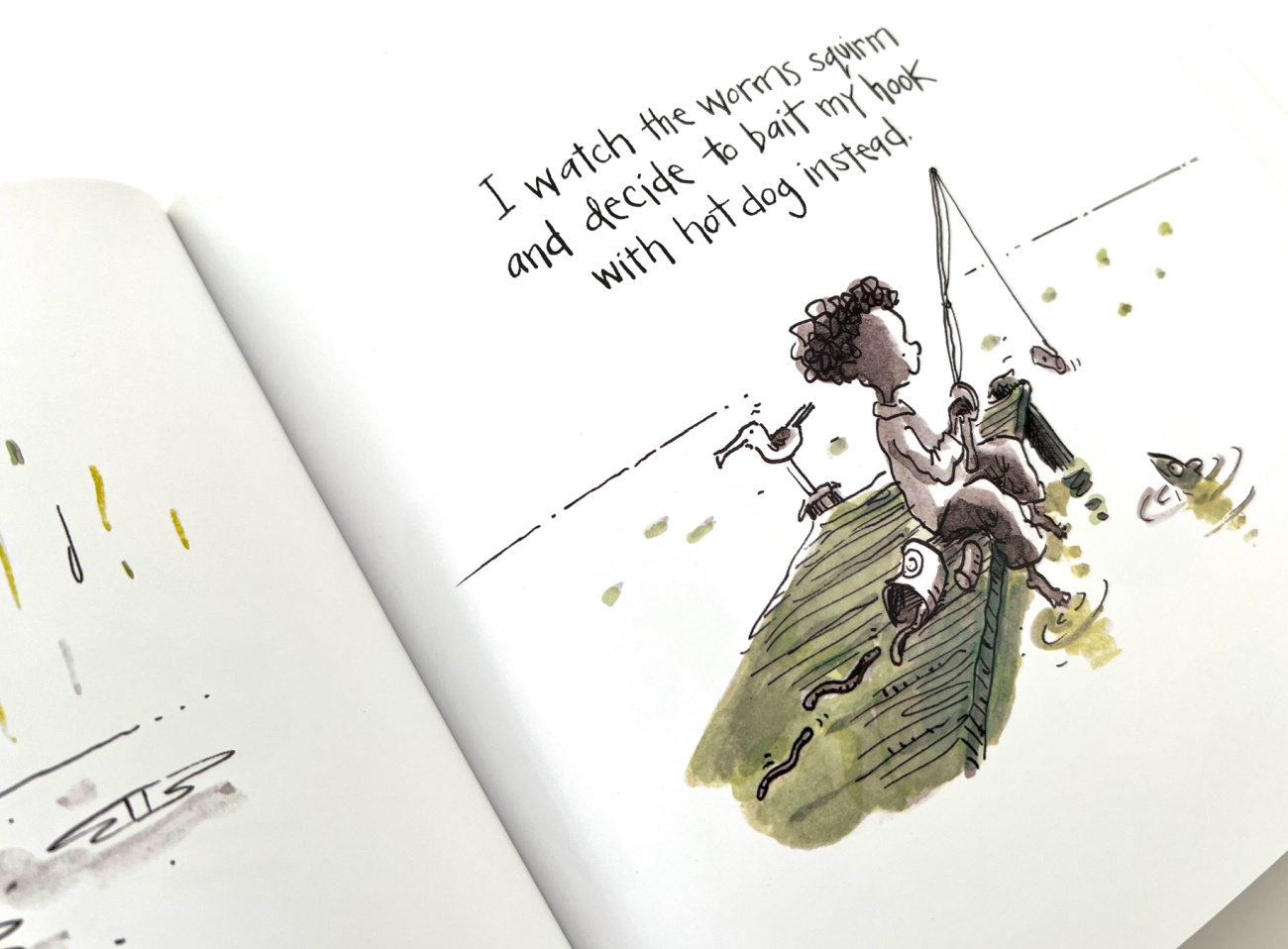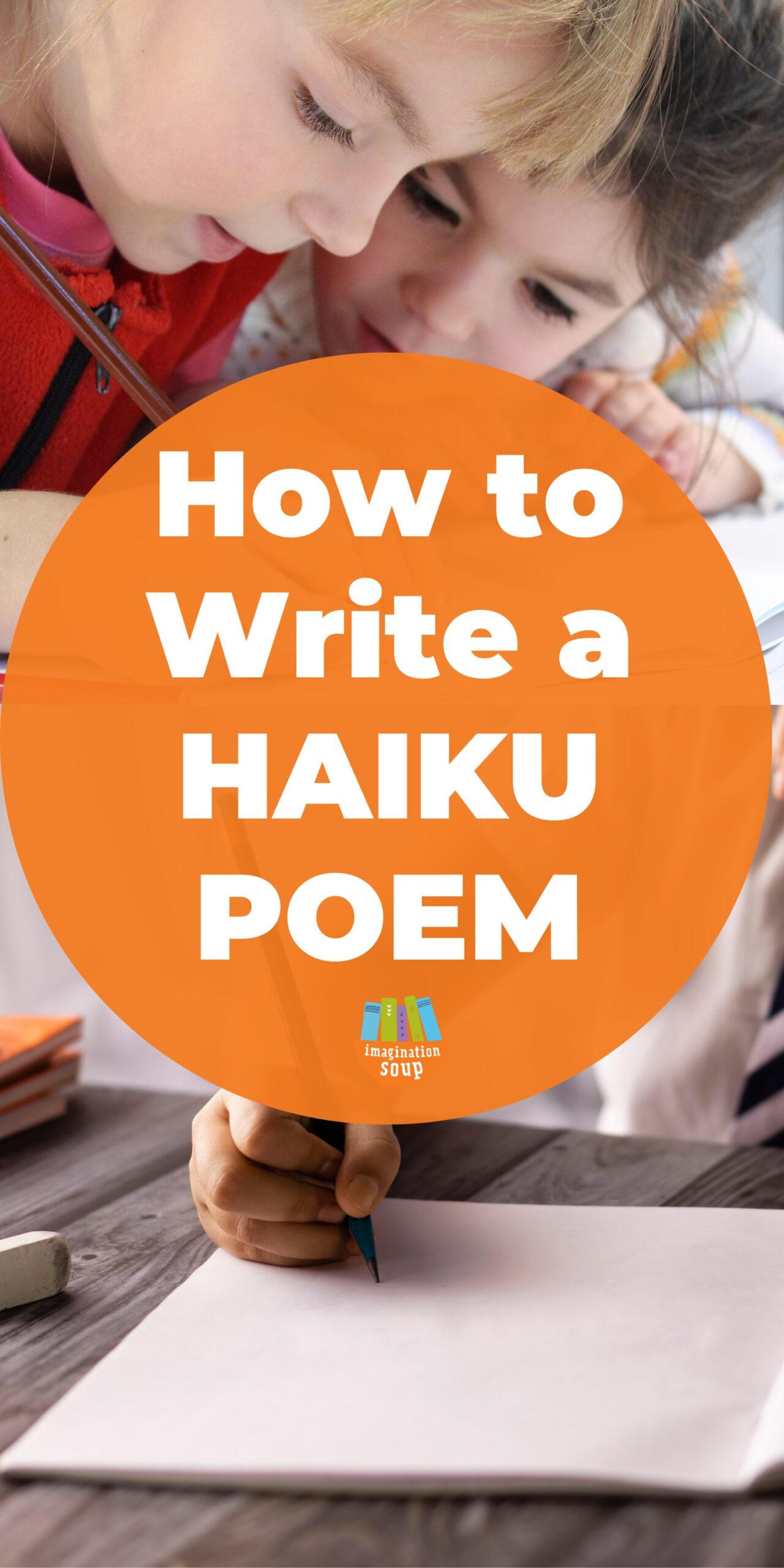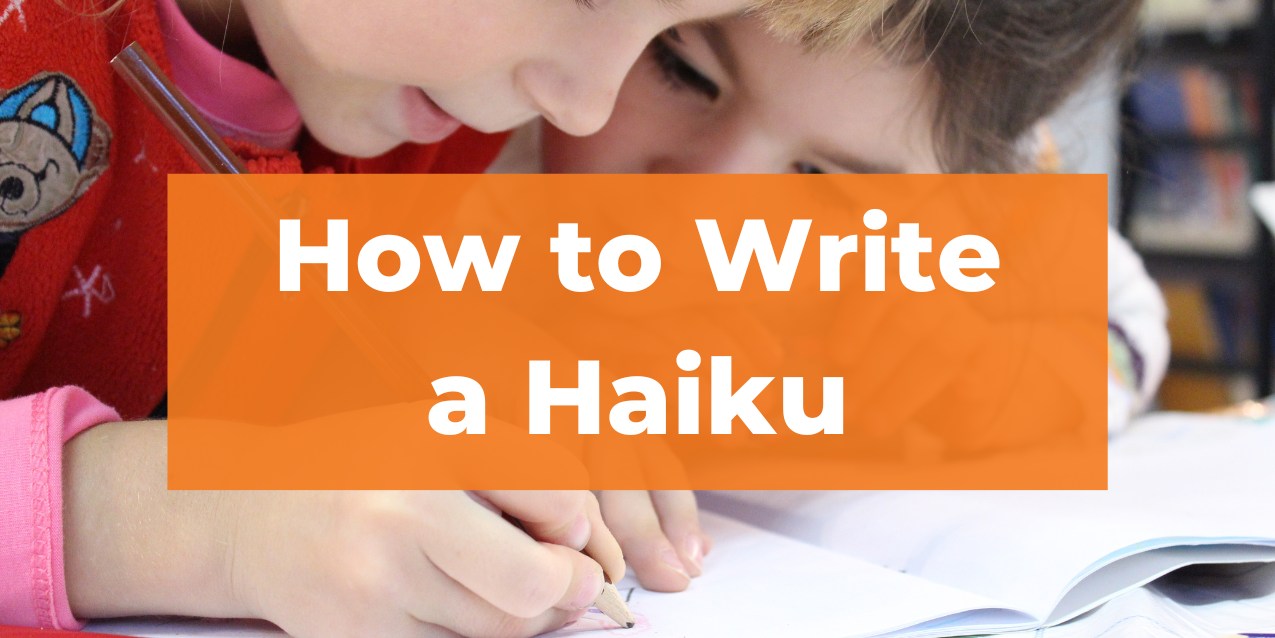written by Bob Raczka, poet, and author of Guyku, A Year of Haiku for Boys, who shares how to write a haiku.
Haiku poems are short. They are also fun to write. But writing a good haiku is not as easy as it looks. It takes practice.

Ready to learn how to write a haiku poem?
Teach Kids How to Write a Haiku
Here are the steps and tips for how to write a haiku. Share these with children and watch as young writers write inspired poems.
1. The form of a haiku is very simple.
Here’s the haiku format:
– written in three lines
– five syllables in the first line
– seven syllables in the second line
– five syllables in the third line
2. Haiku poems are observations of nature.
A classic haiku poem is about a specific season and includes at least one season word. This can be the name of the season, like “winter.”
Winter must be here.
Every time I open my
mouth, a cloud comes out.
Or, you can write a haiku poem about some other word that tells the reader what season it is, like “leaf.”
From underneath the
leaf pile, my invisible
brother is giggling.
3. A good haiku is not just an observation of nature. It also expresses a mood or an emotion.
Hey, who turned off all
the crickets? I’m not ready
for summer to end.

4. To help express this mood or emotion, many haiku include a comparison.
It’s silent under
these pine boughs sagging with snow,
like hibernating.
5. We experience nature with all of our senses.
So don’t just write about what you see. Write about what you hear, smell, taste, and touch. In this haiku, I used my sense of hearing.
Skip, skip, skip, skip, plunk!
Five ripple rings in a row–
my best throw ever!
In this haiku, I used my sense of touch.
I free grasshopper
from his tight, ten-fingered cage–
he tickles too much!
6. Try to write about an experience everyone has had, like flying a kite. But describe it in a new way, like playing tug-of-war.
The wind and I play
tug-of-war with my new kite.
The wind is winning.
7. Also, try using personification.
Personification means to talk about something that isn’t a person, like a tree, as if it was a person.
Pine tree invites me
to climb him up to the sky.
How can I refuse?
In this haiku, I personify a puddle.
If this puddle could
talk, I think it would tell me
to splash my sister.
8. Many haiku are serious. But they can also be funny.
Mosquito lands on
my cheek. I try to slap her,
but I just slap me.
9. Haiku are always written in the present tense.
In other words, whatever you write your poem about, it’s happening now.
I watch the worms squirm
and decide to bait my hook
with hot dog instead.
10. Finally, the best way to get ideas for haiku is to go outside and play.
The more you experience nature, the more you’ll have to write about!

Note from Melissa: I LOVE it! We’ll look forward to your next book for gals. Thank you so much, Bob. (For my interview with Bob, go to Bookmarkable.) Remember, Haiku is a traditional Japanese poetry that focuses on the natural world. However, I’ve noticed that some modern haiku poems keep the same haiku structure but are about other subjects that aren’t specifically in the natural world like the classic haiku subjects. You can find examples of both in these good haiku poetry books for kids.
Okay, writers. Are you ready?
Start with the natural world! Get outside and apply these steps Bob shared for how to write a haiku.
Happy writing!

KEEP READING:
Haiku Poems for Kids
Poetry Books for Kids
Storytelling Games for Kids
Word Games for Kids
Word Collections
Spilling Ink Review
Write in Secret Code

 PARENTING TIPS
PARENTING TIPS PREGNANCY
PREGNANCY BABY CARE
BABY CARE TODDLERS
TODDLERS TEENS
TEENS HEALTH CARE
HEALTH CARE ACTIVITIES & CRAFTS
ACTIVITIES & CRAFTS


